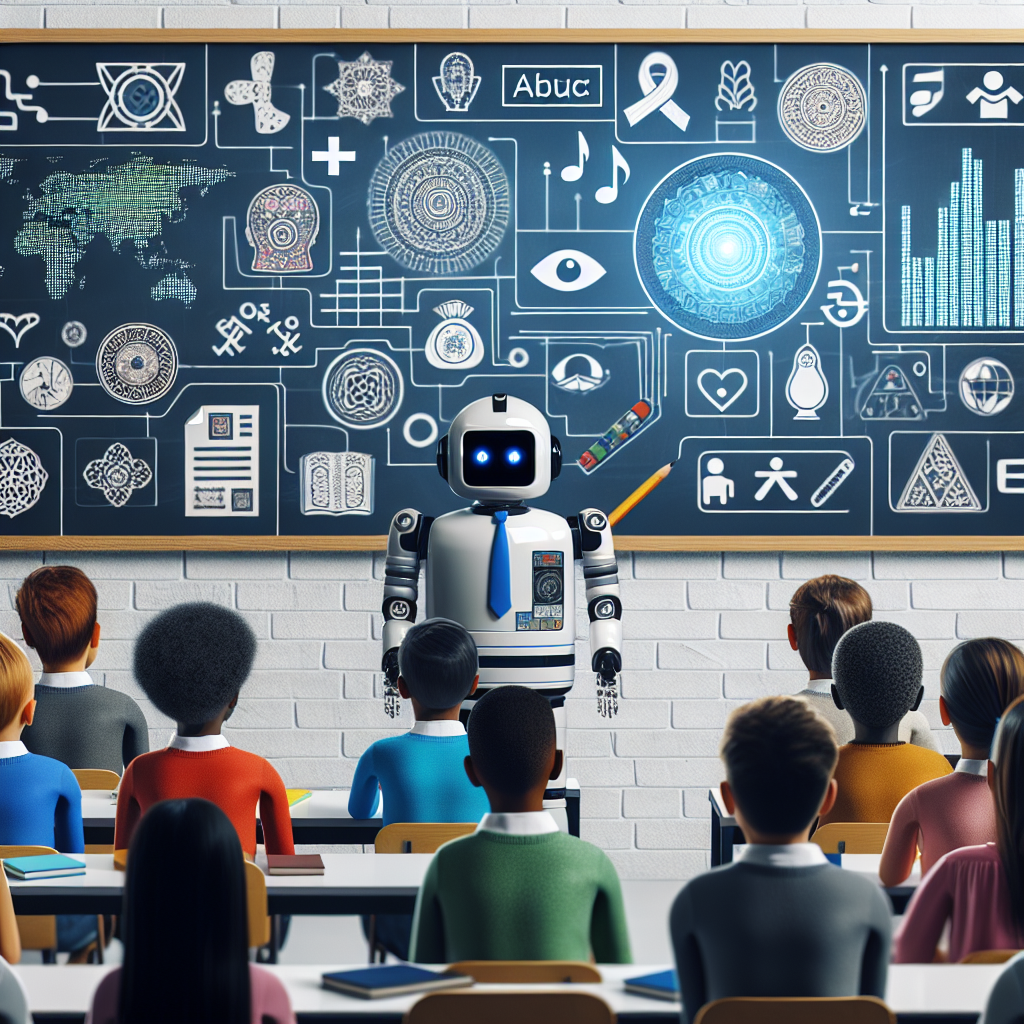In recent years, there has been a growing recognition of the importance of creating culturally responsive curriculum in education. Culturally responsive teaching involves understanding the cultural backgrounds, experiences, and perspectives of students, and incorporating this knowledge into the design of curriculum and instruction. This approach helps to ensure that all students feel valued, included, and engaged in their learning, leading to better academic outcomes and a more positive school climate.
One innovative way that educators are beginning to create culturally responsive curriculum is by using artificial intelligence (AI) technology. AI has the ability to analyze vast amounts of data and identify patterns and trends that can help educators better understand their students’ cultural backgrounds and learning needs. By harnessing the power of AI, educators can create curriculum that is more personalized, relevant, and engaging for all students.
There are several ways in which AI can be used to create culturally responsive curriculum. One common use of AI in education is to analyze student data, such as demographics, academic performance, and behavior, to identify trends and patterns that may indicate cultural differences in learning styles or preferences. This information can then be used to tailor instruction and curriculum to better meet the needs of diverse student populations.
AI can also be used to develop culturally relevant content and resources for curriculum. For example, AI-powered algorithms can analyze cultural texts, images, and videos to identify themes, topics, and perspectives that are representative of different cultures. This information can then be used to create curriculum materials that reflect the diversity of students’ backgrounds and experiences.
Furthermore, AI can be used to facilitate communication and collaboration among students from different cultural backgrounds. For example, AI-powered translation tools can help students who speak different languages communicate with each other and work together on projects. This can help to break down barriers and foster a sense of community and inclusion in the classroom.
Overall, using AI to create culturally responsive curriculum has the potential to transform education by making it more personalized, relevant, and inclusive for all students. By harnessing the power of AI technology, educators can better understand and address the cultural diversity of their students, leading to improved academic outcomes and a more positive school climate.
FAQs:
Q: How can AI help educators better understand their students’ cultural backgrounds?
A: AI can analyze student data, such as demographics, academic performance, and behavior, to identify trends and patterns that may indicate cultural differences in learning styles or preferences. This information can then be used to tailor instruction and curriculum to better meet the needs of diverse student populations.
Q: How can AI be used to develop culturally relevant content and resources for curriculum?
A: AI-powered algorithms can analyze cultural texts, images, and videos to identify themes, topics, and perspectives that are representative of different cultures. This information can then be used to create curriculum materials that reflect the diversity of students’ backgrounds and experiences.
Q: How can AI facilitate communication and collaboration among students from different cultural backgrounds?
A: AI-powered translation tools can help students who speak different languages communicate with each other and work together on projects. This can help to break down barriers and foster a sense of community and inclusion in the classroom.

